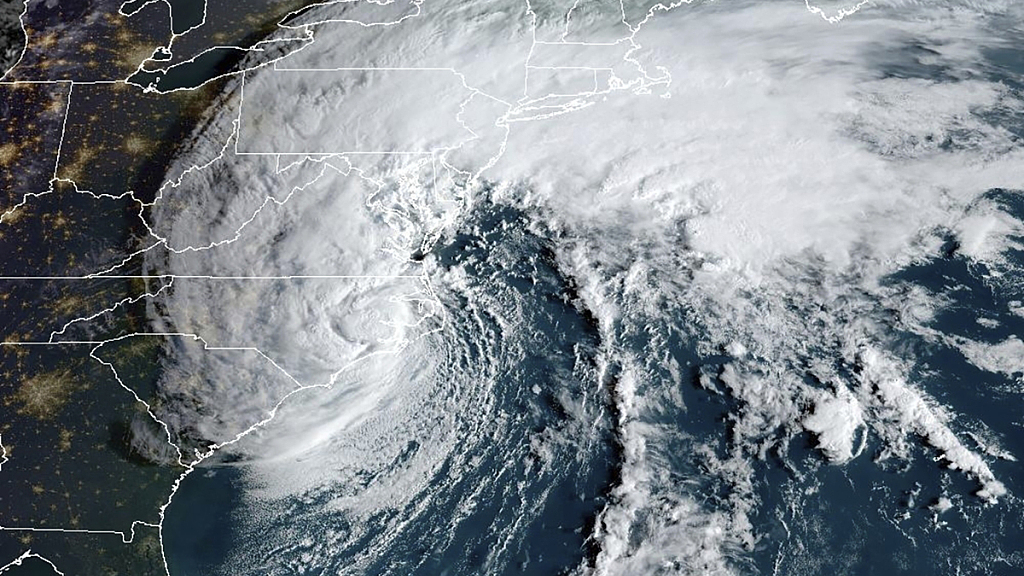Coastal regions of North Carolina and Virginia in the United States experienced widespread flooding as Tropical Storm Ophelia struck on Saturday. The storm made landfall near a barrier island in North Carolina, unleashing heavy rainfall, powerful gusts, and life-threatening surges.
Emerald Isle saw Ophelia’s initial landfall, accompanied by near-hurricane-force winds reaching speeds of 113 kilometers per hour. As the storm progressed northward, its winds gradually subsided. By nightfall, the center of the storm had moved into Virginia, as reported by the U.S. National Hurricane Center. Ophelia’s trajectory is predicted to continue northeastward along the mid-Atlantic coast, eventually reaching New Jersey on Sunday.
At 7:44 p.m. Eastern Daylight Time (EDT), the U.S. National Hurricane Center confirmed that Ophelia had weakened significantly, transitioning into a tropical depression, which is a less severe form of a tropical storm. Consequently, all storm surge and tropical storm warnings were lifted at that time.
On Saturday, Tropical Storm Ophelia unleashed flooding and havoc upon the coastal regions of North Carolina and Virginia, leaving U.S. residents grappling with the consequences of its arrival. The storm made its initial landfall near a barrier island in North Carolina, bringing with it a deluge of rain, fierce gusts of wind, and perilous surges.
Emerald Isle bore the brunt of Ophelia’s impact, where it struck with winds that approached hurricane force, clocking in at 113 kilometers per hour. As Ophelia continued its trajectory northward, the intensity of its winds gradually waned. By nightfall, the storm’s center had traversed into Virginia, according to the U.S. National Hurricane Center’s reports. Ophelia’s projected path extends northeastward, hugging the mid-Atlantic coast and eventually reaching New Jersey by Sunday.
At 7:44 p.m. Eastern Daylight Time (EDT), the U.S. National Hurricane Center issued a significant update, announcing that Ophelia had weakened substantially. It had transitioned into a tropical depression, signifying a downgrade in its severity from a tropical storm. This prompted the removal of all storm surge and tropical storm warnings that had previously been in effect. The region could now begin the process of assessing the damage and initiating recovery efforts.
Read More:
